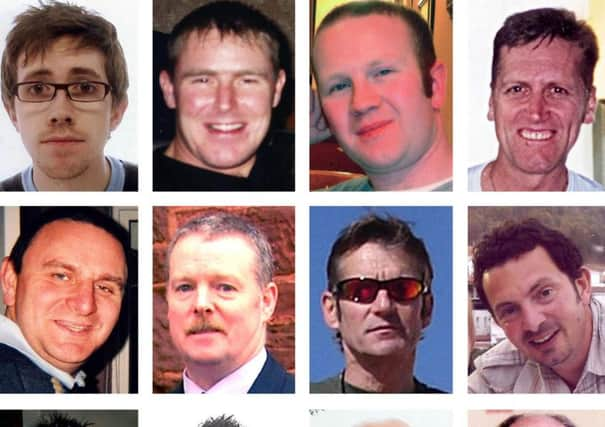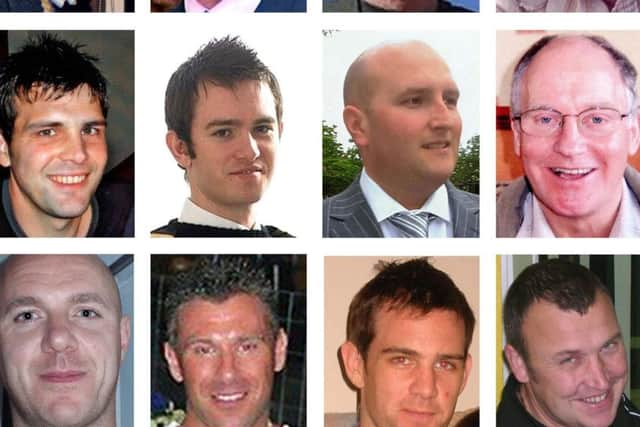Super Puma inquiry: Doubt over exact cause of crash


Air Accident Investigation Branch (AAIB) senior engineering inspector Mark Jarvis, 50, led the recovery operation in the hours following the Super Puma crash on April 1, 2009.
He told the inquiry today that two weeks into the investigation he was convinced that the aircraft crashed because of a fatigue crack on one of the planetary gears.
Advertisement
Hide AdAdvertisement
Hide AdThe second stage gear piece is thought to have cracked along a stress line then shattered, with only some pieces recovered.


One recovered piece - with nine gear teeth on it - appeared to show that a fatigue spot had formed and then cracked out to the gear teeth - leading to the catastrophic failure of the gearbox.
But only three pieces of the cog were ever recovered, meaning that the reason for the crack may never be known.
Mr Javis said: “On the nine teeth section we found what we believe to be a fatique crack by optical examination.
“Had we recovered the initiation of the crack we could be a lot more positive.”
Mr Jarvis said that there were three possible causes for the formation of the fatique crack: pure spalling, a material defect or the introduction of foreign object debris.
The investigator said that because little was known about the crack formation there was “no guarantee” that maintenance would have highlighted the issue to engineers prior to the accident.
Mr Jarvis said: “Because we don’t fully understand the way the crack formed we can’t say that the maintanence procedures would have caught it.”
Advertisement
Hide AdAdvertisement
Hide AdThe inquiry heard that investigators could tell that the helicopter’s main rotor had detached from the fuselage in mid-air while the wreckage was still on the sea floor.
Mr Jarvis said the distance separating the two pieces on the seabed indicated that they had come apart before entering the water.
He said: “We knew that the main rotor had separated from the fuselage before it hit the sea.
“We could tell that the gearbox had failed.”
Families of the 16 men who died are attending the inquiry and were also shown pictures of the wrecked tail of the aircraft which had been damaged by the main rotors.
Aircraft operator Bond’s maintenance records were quarantined after the incident.
Mr Jarvis took several days to examine the records and described them as “very comprehensive”.
The two crew members who died in the accident were Capt Paul Burnham, 31, of Methlick, Aberdeenshire, and co-pilot Richard Menzies, 24, of Droitwich Spa. Both worked for Bond Offshore Helicopters.
KCA Deutag employees killed were Brian Barkley, 30, of Aberdeen; Vernon Elrick, 41, of Aberdeen; Leslie Taylor, 41, of Kintore, Aberdeenshire; Nairn Ferrier, 40, of Dundee; Gareth Hughes, 53, of Angus; David Rae, 63, of Dumfries; Raymond Doyle, 57, of Cumbernauld; James John Edwards, 33, of Liverpool; Nolan Goble, 34, of Norwich; and Mihails Zuravskis, 39, of Latvia.
Advertisement
Hide AdAdvertisement
Hide AdThe other victims were James Costello, 24, of Aberdeen; Alex Dallas, 62, of Aberdeen; Warren Mitchell, 38, of Oldmeldrum, Aberdeenshire; and Stuart Wood, 27, of Aberdeen.
SEE ALSO